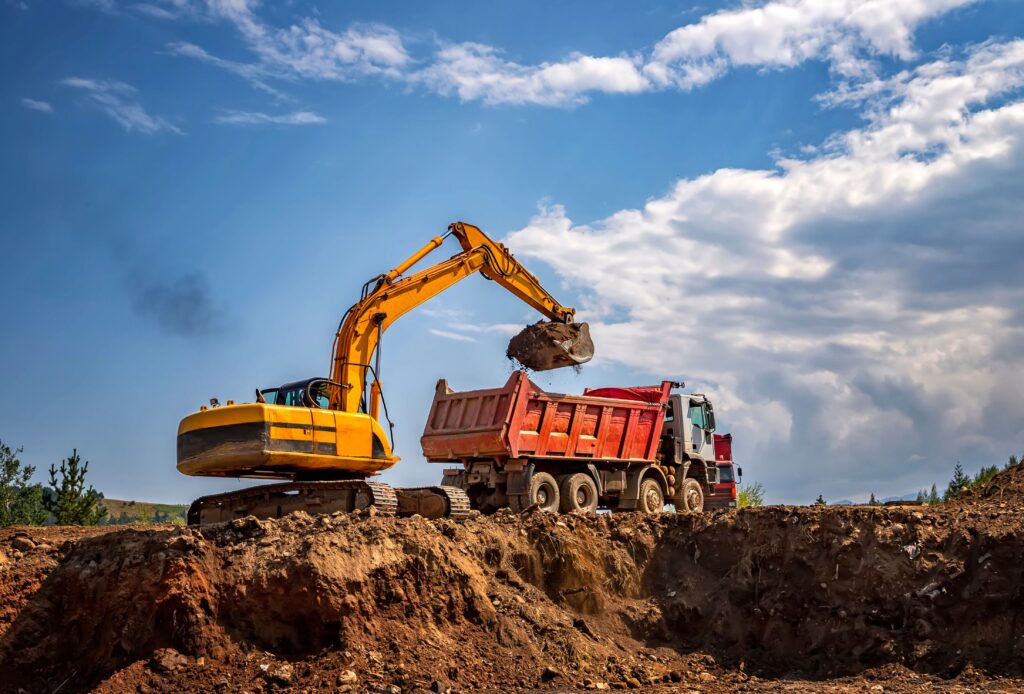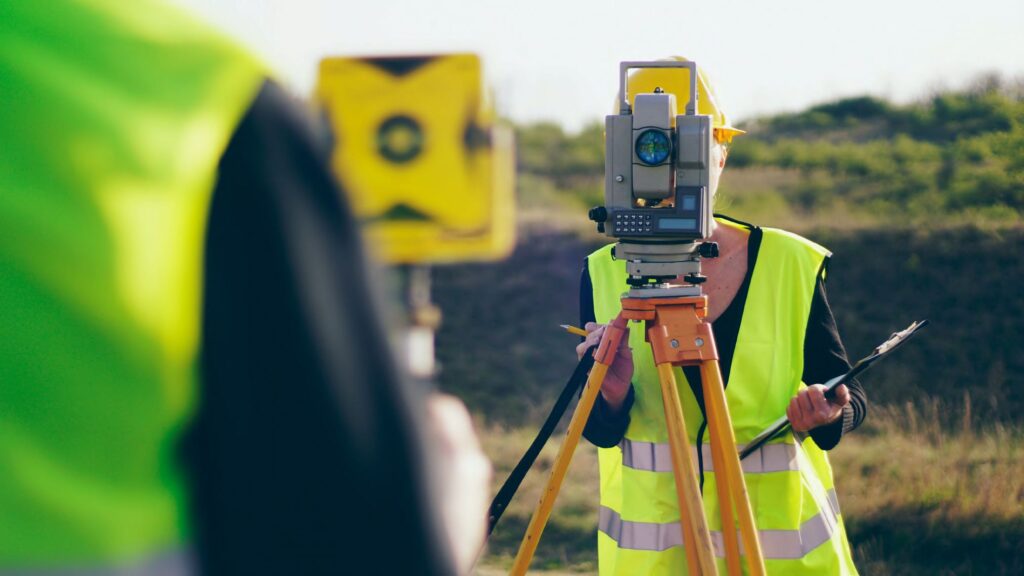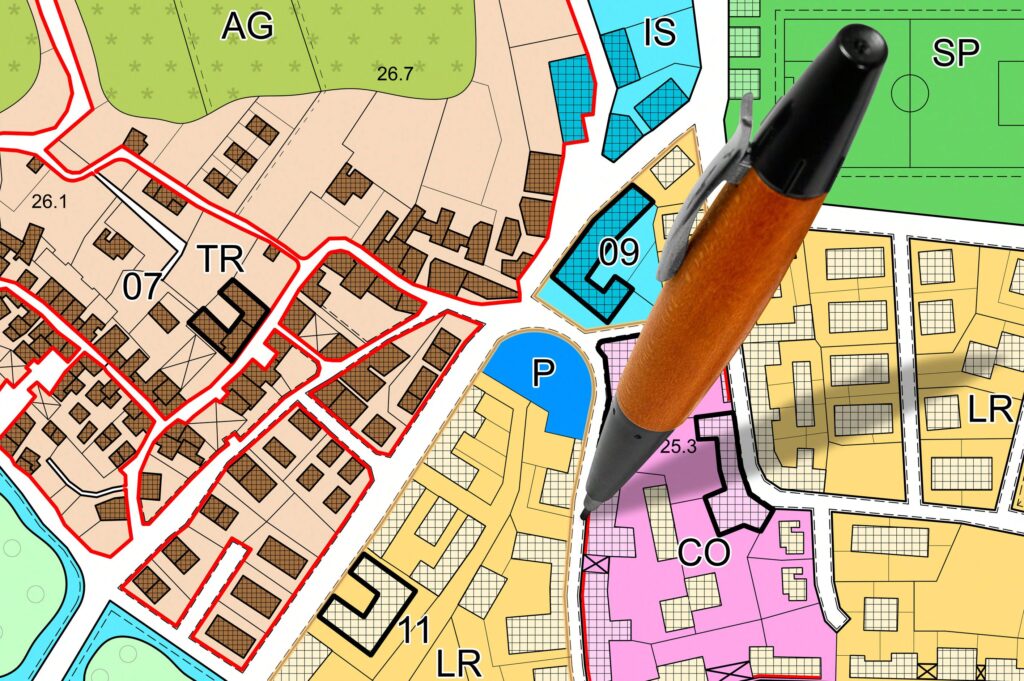
Finding and buying a lot is one of the crucial first steps you take when planning to build your custom home.
Prior that, it is a good practice to be clear on your budget and what is your not to exceed budget for your new build. A good practice is to meet with Lenders to understand what you can afford and be preapproved for. Once you are clear on the budget, it is time to work with your real estate agent to find a lot that fits your needs and budget.
Factors to consider includes: What neighborhood do you want to live in. Ratings of school districts in the neighborhood. Are you looking for a Slab lot or a basement lot?
What is the value of houses in the neighborhood (comps)?
Congratulations! You finally found a lot that you love. The neighbor’s curb appeal is beautiful, the comps in the area are great, and the lot is perfect for your walkout swimming pool on the main level and a daylight basement on the side. You are excited and can’t wait to break ground. It is time for…
Due Diligence:
Time period when you officially put the lot under contract, and you have weeks or months to do your findings about the lot. What you need to know includes:
ZONING & SETBACKS RESTRICTION
Zoning dictates how land can be used, specifying what you can and cannot build on a particular lot. It’s crucial to determine whether a lot is zoned for commercial, mixed-use, residential, or agricultural purposes. If the current zoning doesn’t align with your plans, you may need to go through a rezoning process, which can be lengthy and complex. To get more information about a lot’s zoning, contact your local county or city planning and zoning department. Additionally, it’s important to understand the front, rear, and side setback requirements, as these dictate where you are permitted to build on the lot.

IS THERE A SURVEY PRESENT?
A survey shows you the precise mapping of a lot. It identifies any existing structures, boundaries, utilities, topography, and easements. The two primary types of survey used in the field are Boundary survey and Topography survey. The Topography survey presents you with more details like elevations, contours and tree locations, while a boundary survey is more high level depicting the property lines.

HOA NEIGHBORHOOD:
Is the lot located in a neighborhood with a homeowners association (HOA)? If so, it’s important to review the HOA bylaws and covenants. HOAs often set requirements regarding the type of home you can build, the exterior finishes, and the size of your home. It’s a good idea to meet with the HOA early on to ensure that your architectural plans or proposed design comply with their design standards.

COMPARABLES
The value of homes and recent sales in the neighborhood where you plan to build will influence the appraisal of both the land and your custom home. This appraisal ultimately determines how much lenders are willing to finance for your project and helps with prequalification. For example, it would be challenging to secure a loan for a custom build priced at $300 per square foot in a neighborhood where homes typically sell for $150 per square foot.
SOIL TEST
If not already available, a soil test is one of the first investments you should make when purchasing a lot. It provides critical information about the land needed for designing the foundation, septic system, and overall size of the house.
A Level 3 Soil test provides you with the basic critical information needed to decide if you can build your dream home on a lot and what type of site preparation is needed. It is paramount to get this information while you have the lot under contract, and you are doing your due diligence. It is inexpensive when you think about the type of investment you are about to make.
A Level 3 Soil report tells you:
- What type of soil is present?
- Distance of bedrock to the surface Type of Septic system recommended for the lot.
- Type of foundation design (structural engineer)
We need this information to determine what type and budget for a waste system is suitable for the lot.
Talk to Builders:
At this stage, it’s crucial to engage with your builder, especially during the due diligence phase before closing on the lot. Based on your Level 3 soil test report and topographic survey, an experienced builder should have an understanding of the site preparation work required for the lot.
Builders have teams of geotechnical engineers, site engineers and subcontractors who can provide data that determine the level of site work needed at this stage.
The goal is to confirm the feasibility of building on the lot and to get a clear understanding of the costs involved in site preparation before moving forward with construction.
